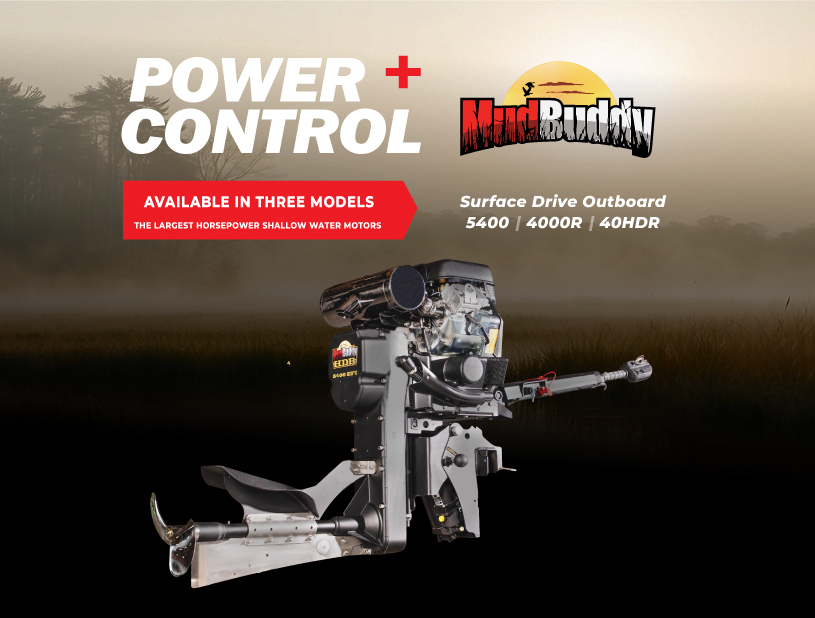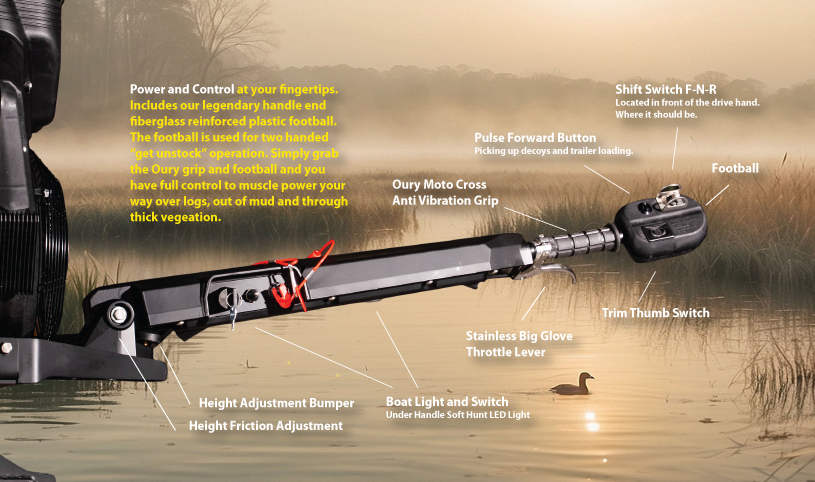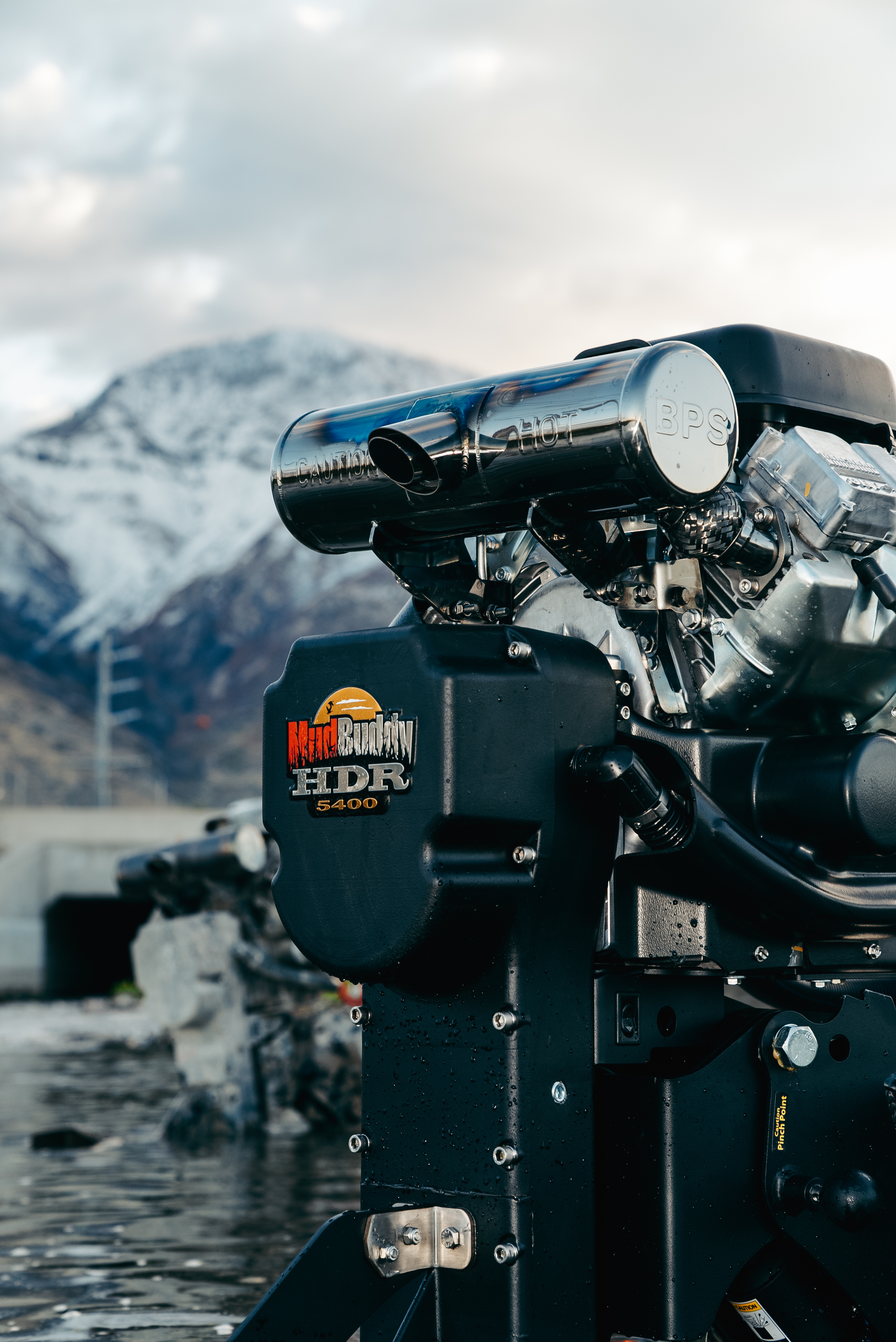
Game Changer
Meet Mud Buddy’s most advanced shallow water surface drive.
The newly designed outboard style handle offers full adjustability with 7 positions left-to-right to fit any operator arm length or boat width.
Right or left handed model option.

Fo
New for 2025
Innovation
- Largest horsepower motors
- Twin trim switches – handle and ground control
- Travel lock – locks up and sideways
- Warrior propeller options – 9, 10 and 11 pitch for all boats and loads.
- All handle controls in front of the drive hand.
- Handle switched light illuminates the boat.
- All stainless and aluminum drive and mount.
- Cast aluminum outdrive.
- Smoothest driving low vibration handle.
- Easy maintenance.
ALL THINGS MUD BUDDY
FIND US AROUND THE WEB
Go To TikTok
Go To TikTok
PODCAST
THE GRIND WATERFOWL TV
Featured on the Pursuit Channel…
The Grind Waterfowl TV is a show comprised of a group of hunters from Lucky Duck, Dakota Decoy, well known guide services, and passionate waterfowler’s. Together, they set out to provide you with a quality waterfowl hunting show that provides many hunting tips and conservations efforts to promote the sport of waterfowl.

